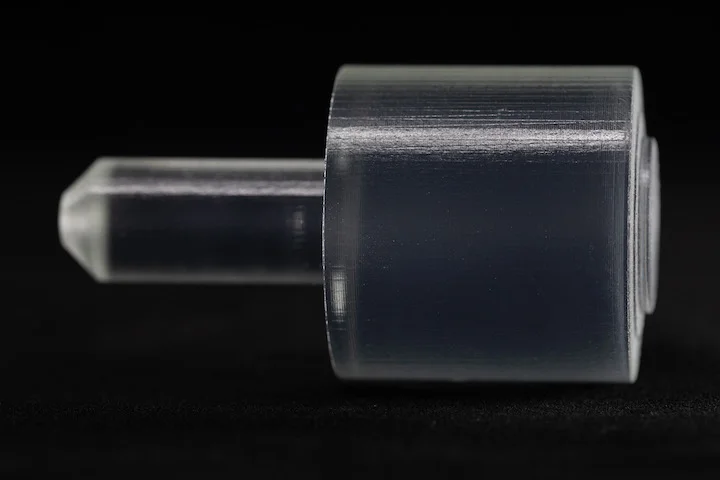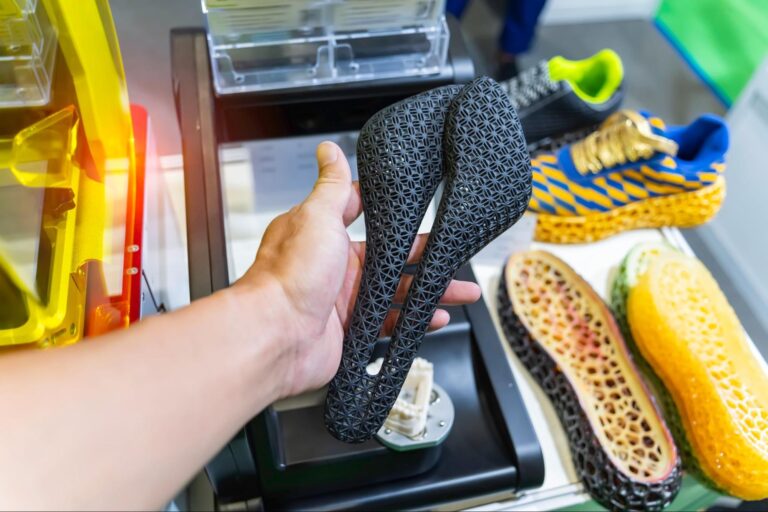“Somos WaterClear” is a stereolithography (SLA) 3D printing resin developed by DSM, a company specializing in high-performance materials. This resin is known for its optical clarity, making it suitable for creating transparent or translucent parts. Some common applications of Somos WaterClear in 3D printing include:
Prototyping: Somos WaterClear is often used to create transparent or translucent prototypes that accurately represent the final product’s appearance. This is valuable for evaluating the visual aesthetics and functionality of a design before mass production.
Lighting Components: The optical clarity of Somos WaterClear makes it well-suited for producing components used in lighting applications, such as light diffusers, lenses, and covers for LED lights.
Optical Prototypes: When designing optical systems or devices, Somos WaterClear can be used to create prototypes of lenses, prisms, light guides, and other optical components.
Consumer Products: Transparent or translucent parts are commonly used in consumer products. Somos WaterClear can be employed for creating prototypes and end-use parts like packaging, containers, displays, and consumer electronics casings.
Medical Prototypes: The material’s transparency makes it suitable for creating prototypes of medical devices, surgical instruments, and anatomical models that require visual clarity for educational or visualization purposes.
Jewelry Design: Somos WaterClear can be used in the jewelry industry to create prototypes of transparent or translucent jewelry pieces such as gem settings, pendants, and ornaments.
Automotive Prototypes: In the automotive industry, transparent or translucent parts might be needed for prototyping components like light covers, dashboard displays, and interior accessories.
Aerospace: Transparent or translucent components may be used in aerospace applications, such as prototypes for cockpit displays, instrument panels, and window prototypes.
Architectural Models: When creating architectural models, Somos WaterClear can be used to produce transparent or translucent windows, facades, and other building components to demonstrate design concepts.
Art and Design: Artists and designers can use Somos WaterClear to create unique sculptures, installations, and art pieces that incorporate transparent or translucent elements.
Educational Models: Transparent or translucent parts can be used in educational models to illustrate concepts in various fields such as engineering, biology, chemistry, and physics.
Visual Prototyping: When a product’s visual appearance is a crucial aspect of the design, Somos WaterClear can help create prototypes that accurately represent the final product’s aesthetics.
Somos WaterClear’s optical clarity sets it apart for applications that require transparent or translucent parts. However, it’s important to note that this material might have limitations in terms of mechanical properties and post-processing requirements, so careful consideration is needed to ensure the chosen material aligns with the intended application’s requirements.









